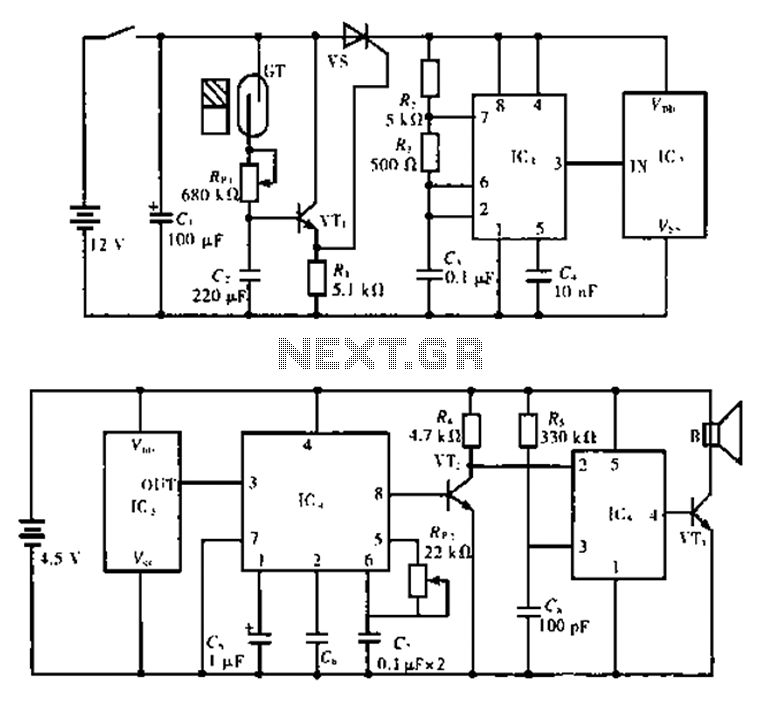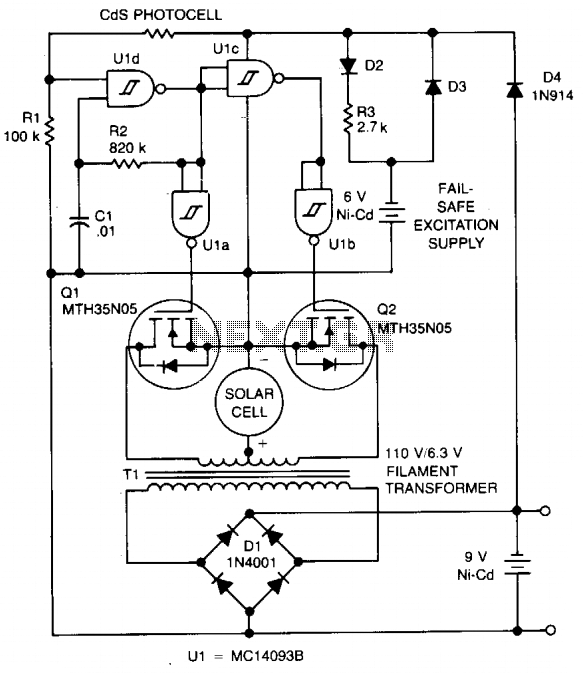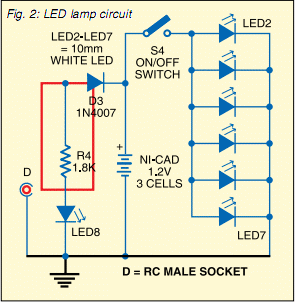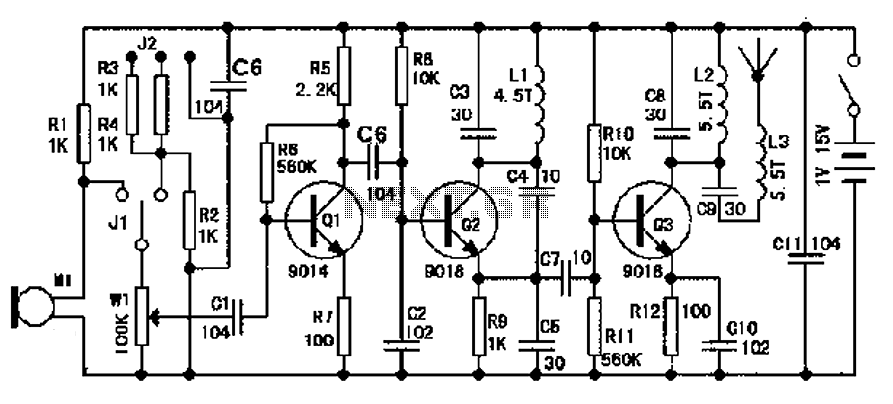
Sustainably solar and wind powered wireless networking

Sustainable satellite 802.11b wireless internetwork and how it was achieved.
The design of a sustainable satellite 802.11b wireless internetwork involves the integration of satellite communication technology with wireless networking standards to create a robust and efficient communication system. This architecture typically consists of several key components: a satellite in geostationary orbit, ground stations, and user terminals equipped with 802.11b wireless capabilities.
The satellite serves as a relay station, receiving signals from ground stations and transmitting them to user terminals. The ground stations are strategically located to ensure optimal coverage and connectivity. They are equipped with high-gain antennas and modems capable of handling the required data rates for 802.11b wireless communication, which operates at speeds up to 11 Mbps.
User terminals, which can be installed in homes or businesses, utilize 802.11b wireless technology to connect to the ground stations. These terminals are designed to be energy-efficient, employing low-power components and power management techniques to minimize energy consumption. This focus on sustainability is crucial, especially for remote locations where power sources may be limited.
The internetwork is designed to be resilient, incorporating redundancy and fail-safes to maintain connectivity in adverse conditions. Advanced routing protocols are implemented to optimize data flow and ensure that users experience minimal latency. Security measures, such as encryption and authentication protocols, are also integrated to protect data transmitted over the network.
Overall, the sustainable satellite 802.11b wireless internetwork represents a significant advancement in communication technology, providing reliable internet access to underserved areas while prioritizing environmental considerations.Sustainable satellite 802.11b wireless internetwork and how it was achieved. 🔗 External reference
The design of a sustainable satellite 802.11b wireless internetwork involves the integration of satellite communication technology with wireless networking standards to create a robust and efficient communication system. This architecture typically consists of several key components: a satellite in geostationary orbit, ground stations, and user terminals equipped with 802.11b wireless capabilities.
The satellite serves as a relay station, receiving signals from ground stations and transmitting them to user terminals. The ground stations are strategically located to ensure optimal coverage and connectivity. They are equipped with high-gain antennas and modems capable of handling the required data rates for 802.11b wireless communication, which operates at speeds up to 11 Mbps.
User terminals, which can be installed in homes or businesses, utilize 802.11b wireless technology to connect to the ground stations. These terminals are designed to be energy-efficient, employing low-power components and power management techniques to minimize energy consumption. This focus on sustainability is crucial, especially for remote locations where power sources may be limited.
The internetwork is designed to be resilient, incorporating redundancy and fail-safes to maintain connectivity in adverse conditions. Advanced routing protocols are implemented to optimize data flow and ensure that users experience minimal latency. Security measures, such as encryption and authentication protocols, are also integrated to protect data transmitted over the network.
Overall, the sustainable satellite 802.11b wireless internetwork represents a significant advancement in communication technology, providing reliable internet access to underserved areas while prioritizing environmental considerations.Sustainable satellite 802.11b wireless internetwork and how it was achieved. 🔗 External reference





